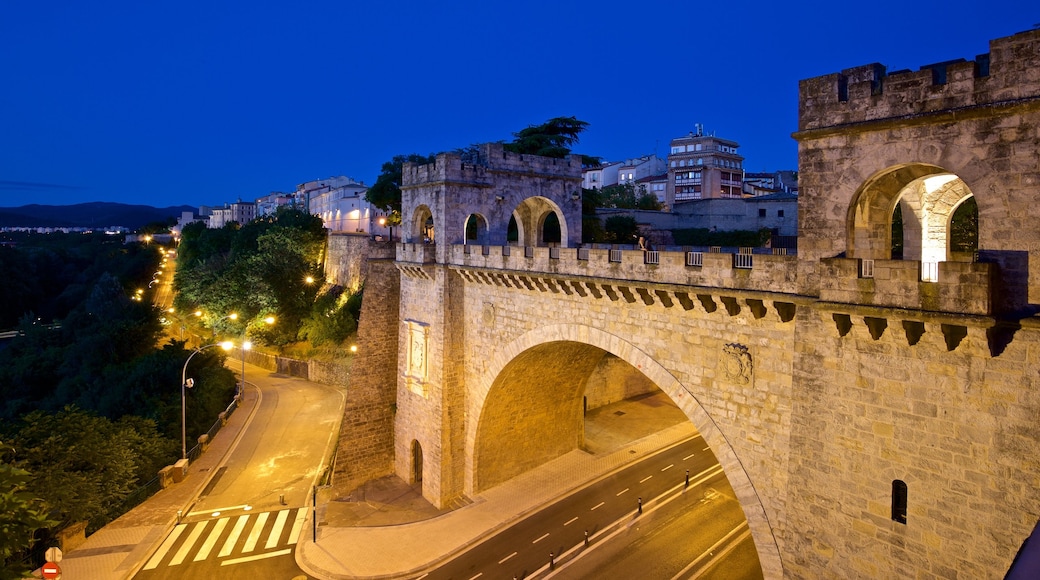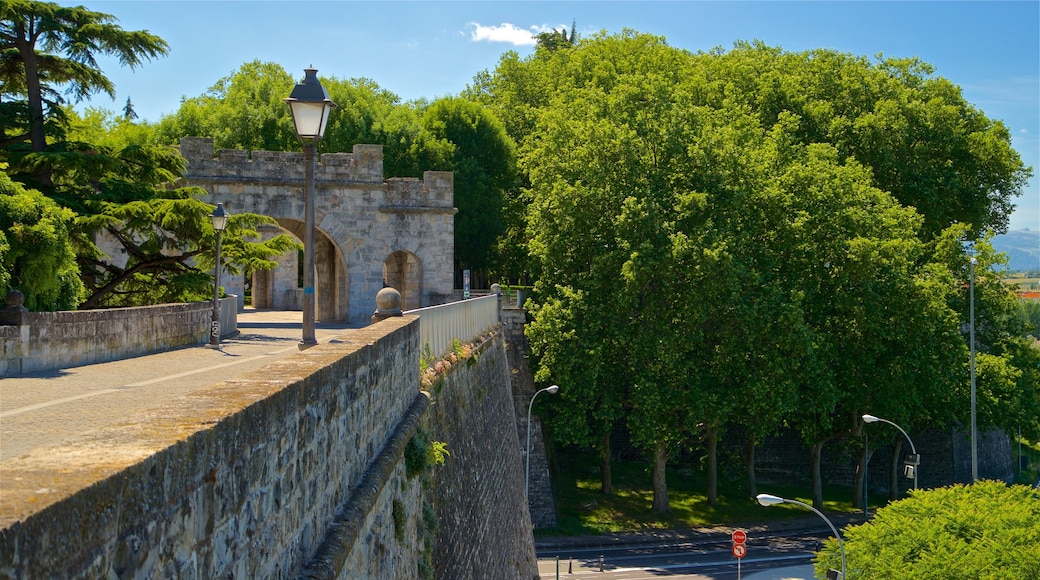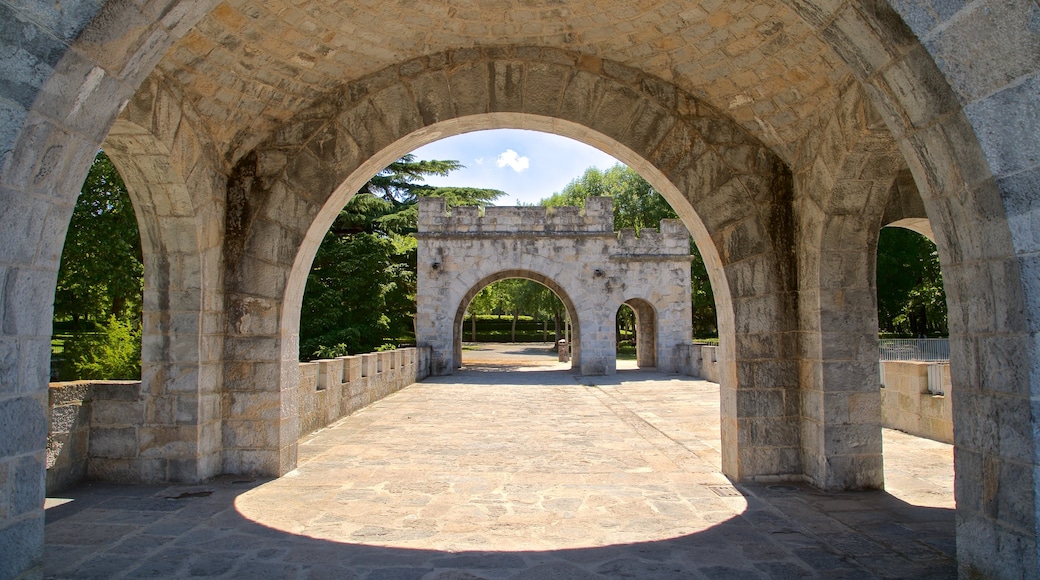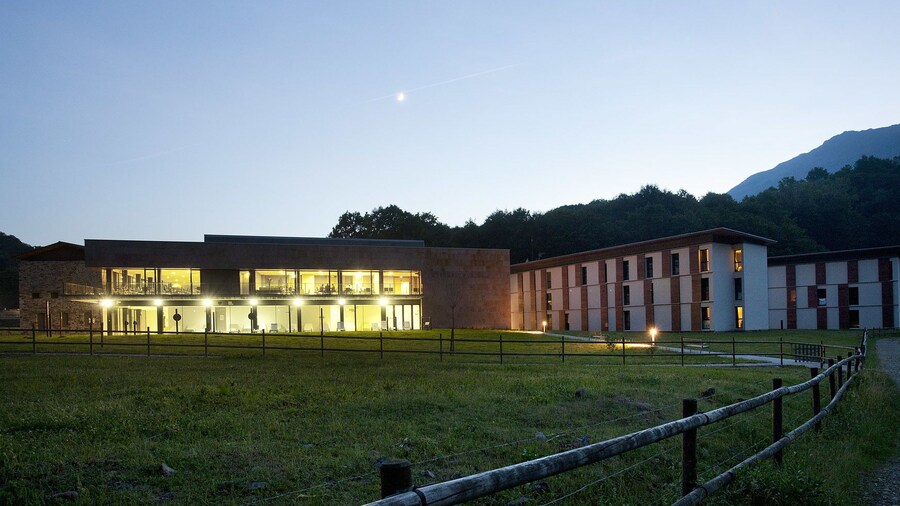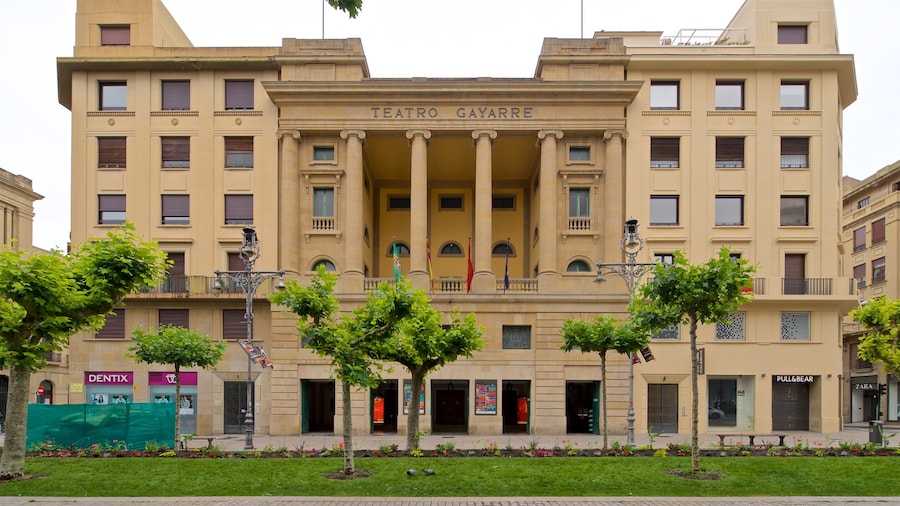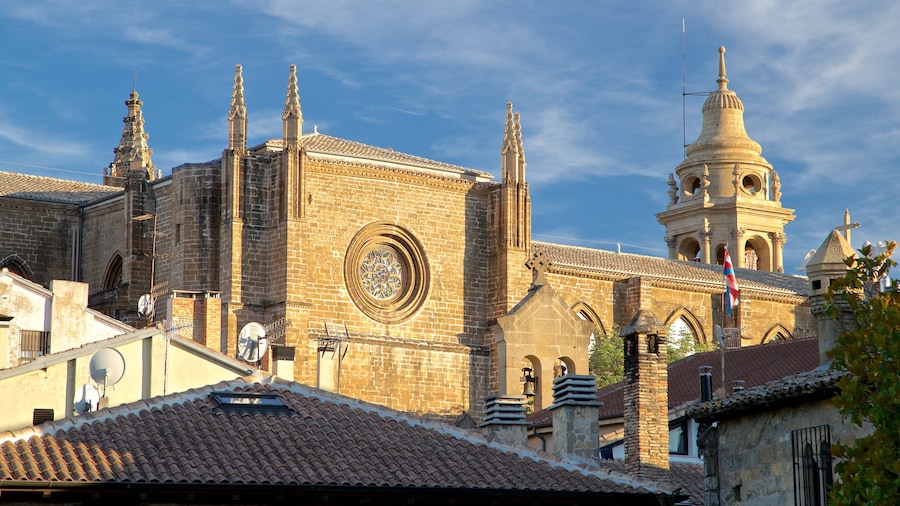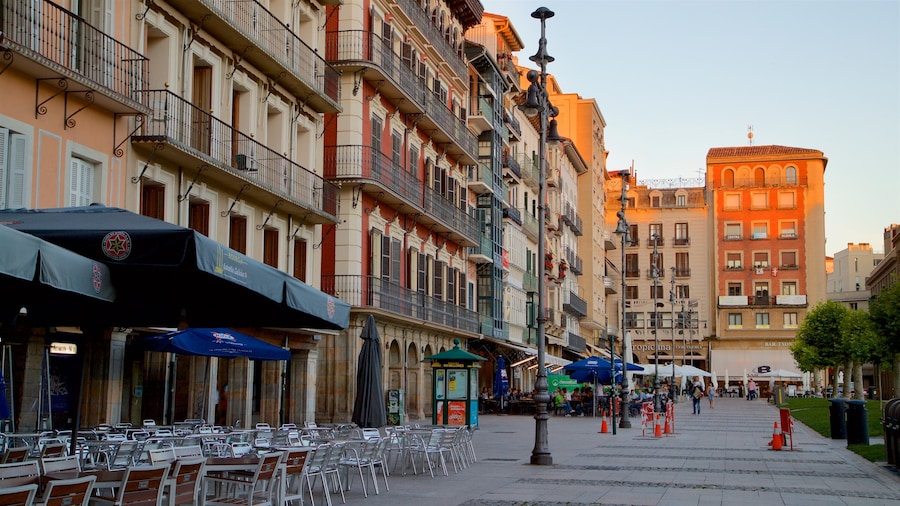Uncover the facts and explore the evolution of the City Walls of Pamplona at a museum housed inside an 18th-century fort.
Take a step back in time to when the city was protected by a fortified wall at Pamplona’s City Walls Interpretation Centre (Centro de Interpetación de las Fortificaciónes de Pamplona). The walls date back to the 1500s and are regarded as one of Europe’s finest preserved fortifications. Pamplona’s City Walls Interpretation Centre offers a step-by-step insight into the walls’ construction and purpose. It is housed in the Fortín de San Bartolomé.
The museum features dozens of maps, photographs, drawings, interpretive panels and audiovisual exhibits. It begins with the Evolution of the City Walls, a study of the changes that have taken place since building began. See recreations of the original layout and comparisons of how it appears today. Learn about the many barracks, bastions, forts and towers that connect the walls.
Next up is a display called Defense Strategies. It explains the complexity of the angles, dimensions and geometry, among other factors, that were considered when creating the defense system. The Human Aspects of the Wallsdisplay touches on the traditions and livelihoods of those that lived in and around the wall. Watch video presentations of people performing trades, such as an artilleryman and poet, from different eras.
The museum closes with the Other Fortified Townsexhibit. It compares Pamplona Citadel to other citadels found throughout the world with a focus on the cities, towns and villages of Spain’s Navarre region. Set off from the museum with your newly discovered knowledge on a 3-mile (5-kilometer) long section of the walls. Interpretive signs provide further historical facts along the way.
You’ll find the museum at the northern edge of Media Luna Park, which is located on the eastern border of the Old Town. It’s easy to get here on foot from major city attractions, including Plaza del Castillo and Pamplona Cathedral.
Pamplona’s City Walls Interpretation Centre is open from Tuesday to Sunday and there’s an admission fee. Guided tours inside the bastions are available for an additional fee.
